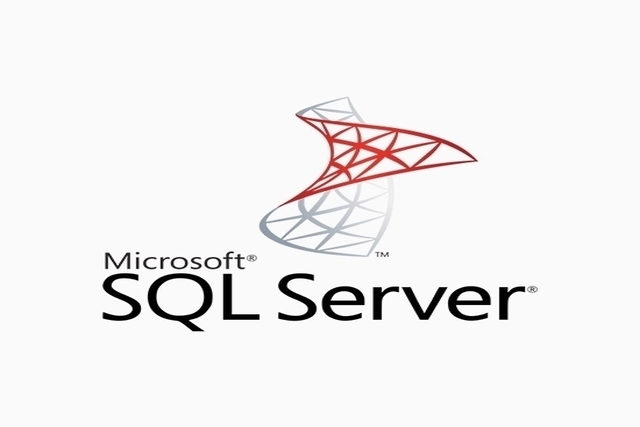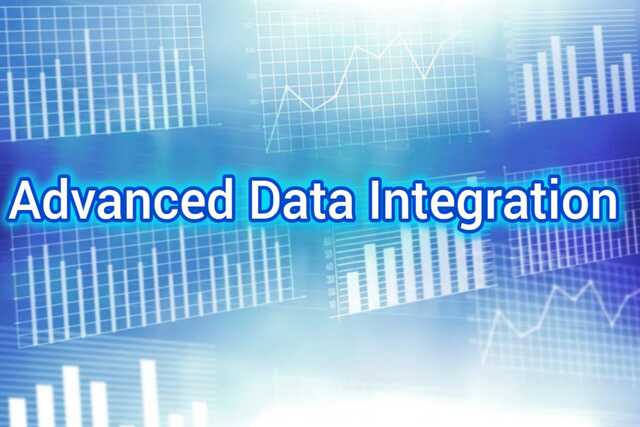Advanced data integration describes the complex procedures and methods required to bring together data from several sources into a single, usable format for operational, analytical, and decision-making uses. The need to reliably and efficiently integrate the massive volumes of data that businesses gather from many systems, apps, and devices is becoming increasingly important. The increasing complexity and volume of data in today’s digital environment make traditional data integration techniques—like straightforward file transfers or manual procedures—inadequate. Therefore, by combining, cleansing, and transforming data from several sources into a single view, advanced data integration is essential to helping enterprises make sense of their data. The main ideas, methods, and resources utilized in the process will be highlighted in this article’s approachable introduction to sophisticated data integration, along with real-world examples to assist newcomers grasp how it all operates.
Table of Contents:
Data integration definition
It is the process of combining data from various places to provide a unified, coherent view. This may entail combining information from several databases, programs, or files into a single, all-inclusive data lake or warehouse. Making data available and usable for analysis, decision-making, or operational needs is the main objective of data integration.
Fundamentally, data integration entails combining, cleansing, and transforming data into a single format that analysts, business users, and applications can utilize with ease. It helps organizations overcome the challenge of siloed data systems where valuable insights are locked away in disparate sources.
Advanced Data Integration’s Significance
Data integration is now a need rather than a luxury for many firms. Organizations require more sophisticated methods to combine and interpret massive volumes of data from multiple sources as they embrace emerging technologies like the cloud, the Internet of Things , and big data analytics.
Basic data integration responsibilities are only one aspect of advanced data integration. It describes the advanced procedures and methods that enable the smooth blending of various data kinds, such as unstructured, semi-structured, and structured data. When the amount, variety, and speed of data are too diverse for conventional approaches to manage efficiently, advanced data integration becomes essential.
Common Data Integration Techniques
There are several data integration techniques that can be used based on the type of data and the business requirements, and the desired outcomes. Here are some of the most common techniques used in advanced data integration:
1. Extract, Transform, Load, or ETL
The most popular method for integrating data is ETL. During this procedure:
Extract: Information is obtained from a variety of sources, including cloud apps, databases, flat files, and APIs.
Transform: Using predetermined guidelines, such as eliminating duplicates, changing data kinds, or combining information, the retrieved data is cleaned, transformed, and formatted.
Load: The translated data is then transferred into a destination system, usually a data warehouse, for further analysis.
ETL is frequently utilized when processing data is required and transformed before it can be used for business intelligence, reporting, or analytics.
2. Extract, Load, Transform, or ELT
One significant distinction between ELT and ETL is that the transformation process takes place after the data has been fed into the data lake or warehouse. When dealing with massive amounts of data, when storage and processing power are easily accessible, and the transformation process can be completed inside the data warehouse, this method is quite helpful.
3. Data Federation
When businesses need to integrate information from multiple systems without duplicating data or interfering with the source systems, they frequently employ this strategy.
4. Data Virtualization
5. The Change Data Capture
Change Data Capture (CDC) is a method that records and reproduces data changes made in real-time or almost real-time. CDC is frequently utilized in data integration situations when current data is essential, such as integrating data from transactional systems into data warehouses or data lakes.
Choosing the Right Data Integration Tools

For integration to be successful, choosing the appropriate data integration tools is essential. There are a wide variety of tools on the market, each offering different features, scalability, and support for various integration methods. Below are a few categories of tools commonly used for advanced data integration:
1. Data Integration Platforms
These are comprehensive tools that support multiple integration methods, such as ETL, ELT, data federation, and data virtualization. Popular platforms include:
- Talend: An open-source program for data integration that facilitates cloud data management, real-time integration, and ETL.
- Informatica PowerCenter: A widely used ETL tool that offers strong support for batch processing and big data integration.
- SSIS: One of the most widely used ETL tools for companies utilizing Microsoft technology is Microsoft SQL Server Integration Services.
2. Tools for Cloud-Based Integration
As cloud computing gains popularity, more businesses are choosing cloud-based tools for data integration to simplify integration between on-premises systems and different cloud platforms. Tools such as,
- Fivetran: A cloud-based tool that automates data integration from multiple sources into a data warehouse.
- Airbyte: An open-source cloud-native tool designed for easy and customizable data integration.
3. Real-Time Integration Tools
Tools such Apache Kafka and Apache NiFi can manage high-throughput data streams, enabling enterprises to analyze and integrate data in real-time for those in need of real-time data integration.
A Practical Data Integration Example
Let’s consider a simple data integration example to understand how advanced integration works in practice.
Imagine a retail company that has several data sources:
- A customer relationship management (CRM) system for managing customer data.
- An inventory management system to track product availability.
- A sales data platform that stores transactional data.
To present a cohesive picture of customer attitudes, stock levels, and sales success, the business must combine these three sources. Using an ETL process, the company extracts data from each of these systems, transforms it to ensure consistency (e.g., standardizing product codes or currency formats), and then loads the integrated data into a data warehouse.
With this unified view, the company can now generate reports that combine sales performance with inventory data and customer preferences, helping them make more informed business decisions.
Developing a Strategy for Data Integration
To make sure that data integration initiatives reduce complexity, minimize expenses, and match business objectives, a strong data integration strategy is necessary. Here are some steps to consider when developing a data integration strategy:

1. Identify Business Needs
The first step in any data integration strategy is understanding the business goals. What types of insights are you trying to achieve? Who will be using the integrated data? This helps determine the scope and methods of integration.
2. Choose the Right Integration Tools and Techniques
Based on the business needs, you’ll need to select the appropriate data integration techniques (e.g., ETL, ELT, CDC) and tools (e.g., Talend, Informatica) that support the required functionality.
3. Data Governance and Security
Moving potentially sensitive data is a part of data integration. To guarantee data security, consistency, and quality, a strong data governance architecture is necessary. This entails establishing data validation guidelines, encryption mechanisms, and data access standards.
4. Continuous Monitoring and Optimization
Finally, data integration is an ongoing process. Once you set up the integration pipelines, you should continuously monitor them for performance and accuracy. Regular optimization can help reduce latency and improve data processing efficiency.
The Role of a Data Analyst in Advanced Data Integration
In advanced data integration, data analysts are crucial in turning integrated data into valuable insights. After analysts consolidate the data through techniques like ETL or data virtualization, they clean and prepare it for analysis. They guarantee that the information is correct and prepared to reveal patterns that aid in commercial choices.
Data Analysts in Action: Using Integrated Data for Decision-Making
Once analysts integrate the data, they use tools like SQL, Tableau, or Python to analyze it and generate actionable reports. For example, by combining sales, inventory, and customer data, a data analyst can provide insights that help improve customer retention or optimize stock levels, making the most of integrated data for better decision-making.
Conclusion
Advanced data integration is a key component of contemporary corporate operations, enabling businesses to leverage the strength of several data sources for improved decision-making. Businesses may effectively manage and use their data, transforming it into a competitive advantage, by comprehending the basic data integration methodologies, selecting the appropriate data integration technologies, and creating a sound data integration plan.
Advanced data integration enables you to make sense of all the data, whether it’s unstructured from social media or IoT devices or structured from databases, enabling you to make more intelligent decisions.







1 thought on “Advanced Data Integration: An Introduction for Beginners”